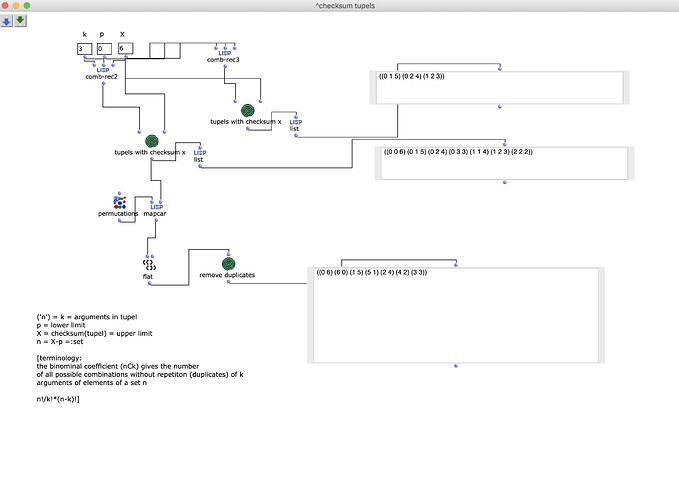Bonjour, petit problème mathématique, j’aimerais s’il vous plaît obtenir toutes les combinaisons possibles de N nombres positifs ≥ p dont la somme vaut X.
Par exemple :
-
si p = 2, X = 6 et N = 2, on aurait (2 4), (4 2) et (3 3).
-
si p = 0, X = 12 et N = 3, on aurait parmi les combinaisons : (12 0 0), (0 12 0), (11 1 0), (3 3 6), (9 2 1) etc…
Merci beaucoup par avance !
Lisa



